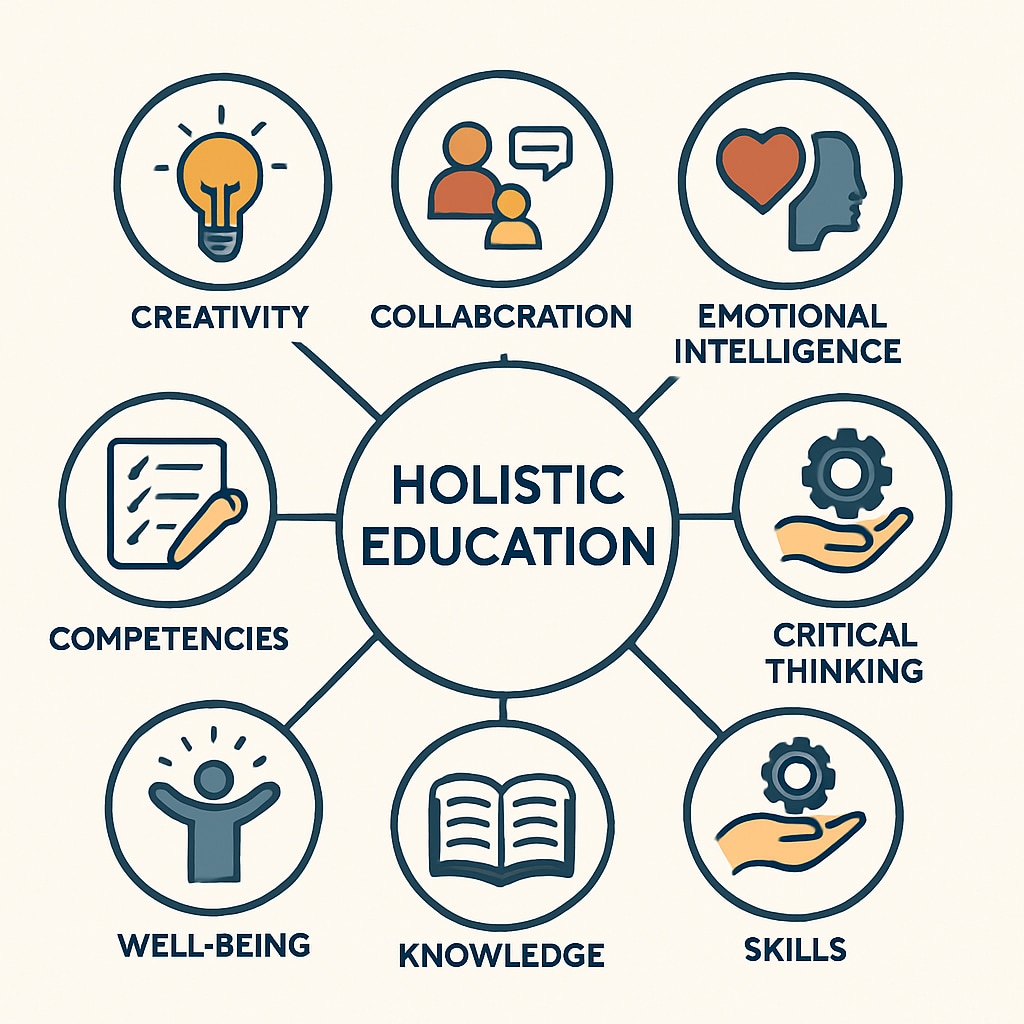In today’s education system, grades have become the predominant metric for evaluating student performance. However, this traditional approach to education assessment has significant limitations, particularly when it comes to fostering comprehensive development and understanding individual learning needs. By focusing primarily on grades, educators may overlook critical aspects of a student’s growth, such as creativity, emotional intelligence, and problem-solving abilities. To address this issue, it’s essential to introduce a real-time learning tracking model that values holistic development over numerical results.
Why Grades Alone Are Insufficient
Grades are often viewed as the ultimate measure of success in education, but this narrow focus has several drawbacks. Firstly, grades primarily assess a student’s ability to memorize and regurgitate information, rather than their deeper understanding or practical application of concepts. Secondly, the pressure to achieve high marks can lead to unhealthy competition, stress, and even a fear of failure among students.
Additionally, grades fail to account for the diverse ways students learn and express their knowledge. For example, a student who excels in collaborative projects or creative thinking might not achieve high scores in standardized tests, thereby undervaluing their unique strengths. As a result, relying solely on grades can hinder students’ confidence and limit their potential for growth.

A Holistic Approach to Education Assessment
To overcome the limitations of traditional grading systems, educators must adopt a holistic approach to assessment. This involves evaluating multiple dimensions of learning, such as:
- Critical thinking and problem-solving skills
- Emotional and social intelligence
- Creativity and innovation
- Collaboration and teamwork abilities
For example, educators can incorporate project-based assignments, peer reviews, and self-assessments to better understand a student’s capabilities. These methods not only provide a more comprehensive evaluation but also encourage students to take ownership of their learning journey.

The Role of Real-Time Learning Tracking
Real-time learning tracking systems can revolutionize K12 education by providing instant feedback on students’ progress. Unlike traditional assessments that occur at the end of a term, real-time tracking allows educators to monitor a student’s growth continuously. This ensures that interventions can be made early to address gaps in understanding or performance.
For example, digital tools such as learning management systems (LMS) and AI-powered analytics can help educators identify patterns in student behavior, track engagement levels, and measure progress in specific skills. These insights enable personalized learning experiences tailored to individual needs, fostering greater student success.
Educational assessment on Wikipedia highlights the importance of using diverse metrics to evaluate student performance effectively. Similarly, Britannica’s overview of assessment emphasizes the value of adopting multifaceted evaluation approaches in modern education.
Moving Beyond Grades for Future Success
As education evolves, it is crucial to redefine assessment methods to better prepare students for the complexities of the modern world. A diversified system that combines grades with real-time tracking and holistic evaluation can provide a more accurate picture of a student’s abilities and potential.
By embracing these innovative practices, educators can create a more inclusive and empowering environment where every student’s unique strengths are recognized and nurtured. This shift will not only enhance academic outcomes but also promote lifelong skills, such as adaptability, resilience, and collaboration, which are essential for success in today’s rapidly changing society.
In conclusion, grades are only one piece of the puzzle when it comes to education assessment. By incorporating real-time tracking and holistic evaluation methods, we can ensure that K12 education empowers students to reach their full potential.


